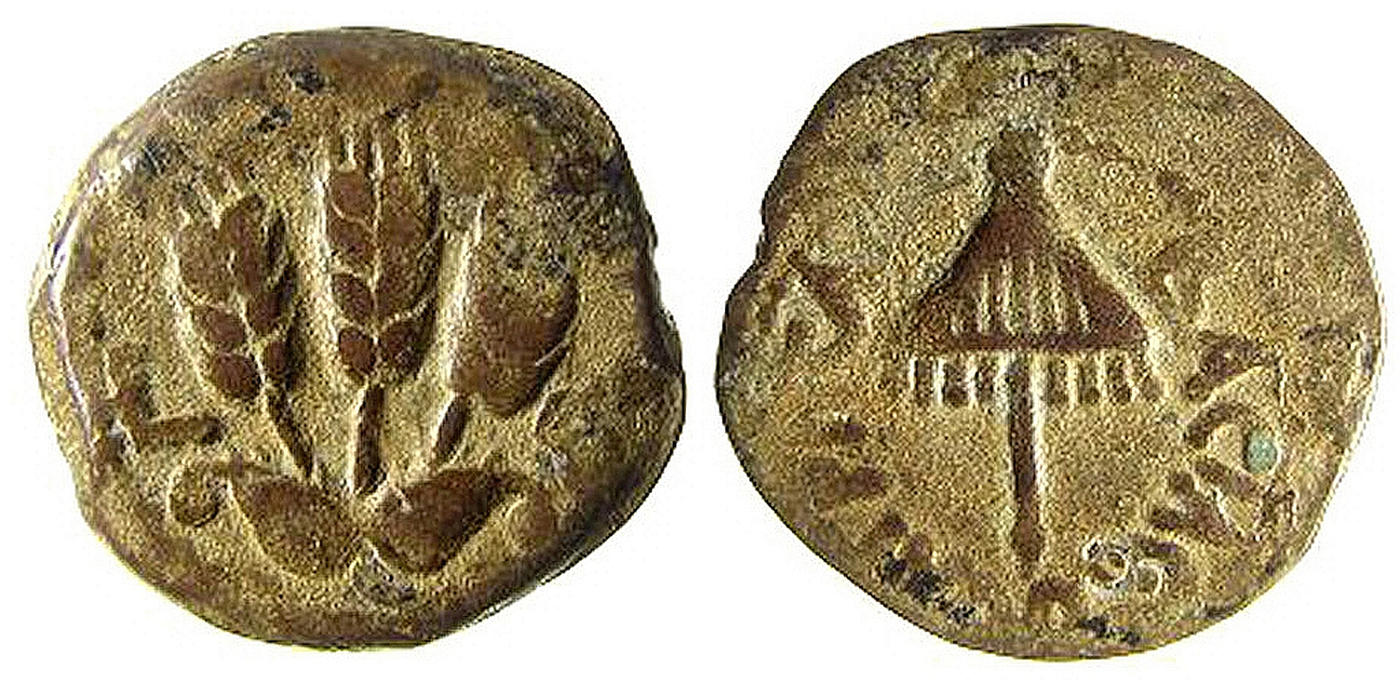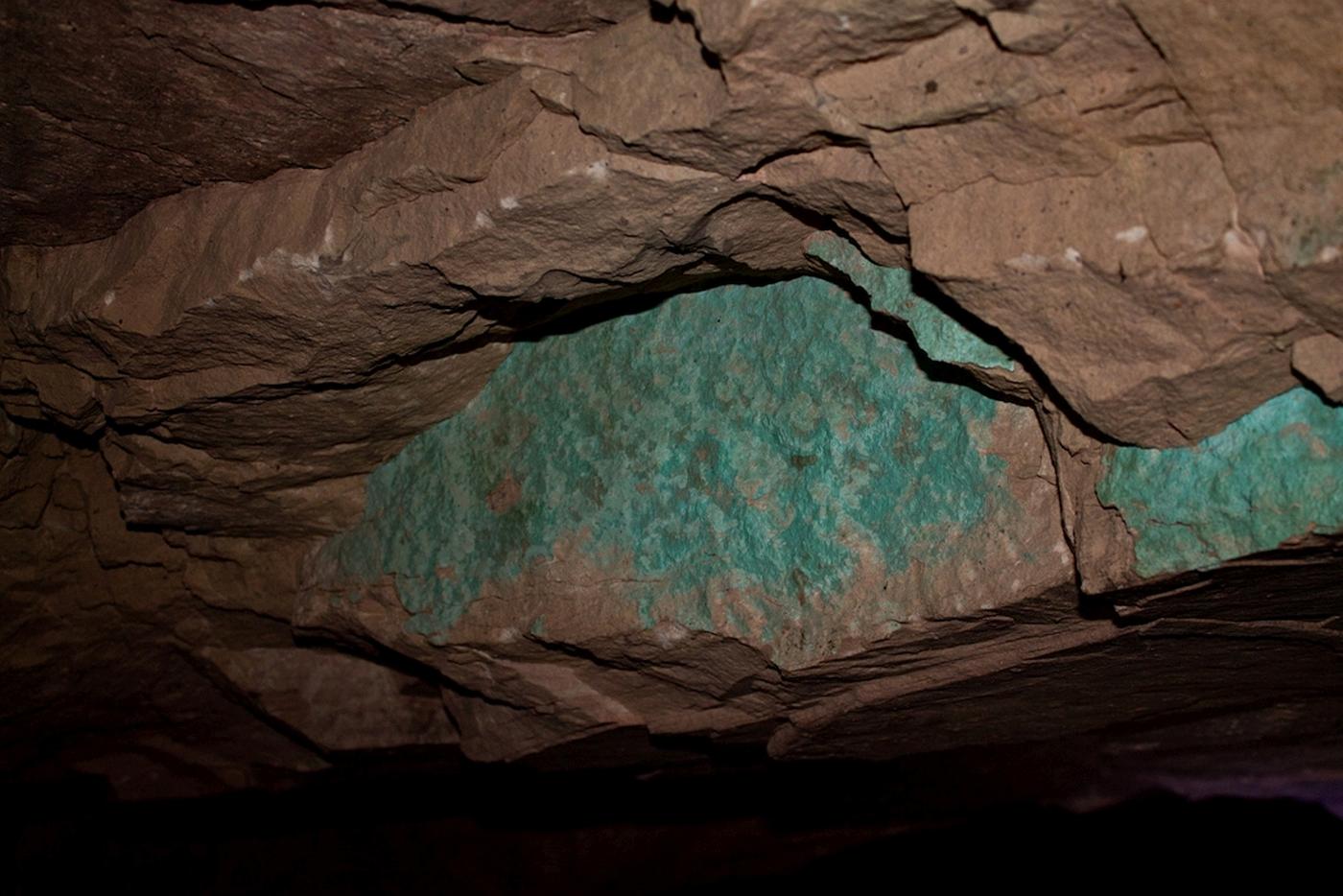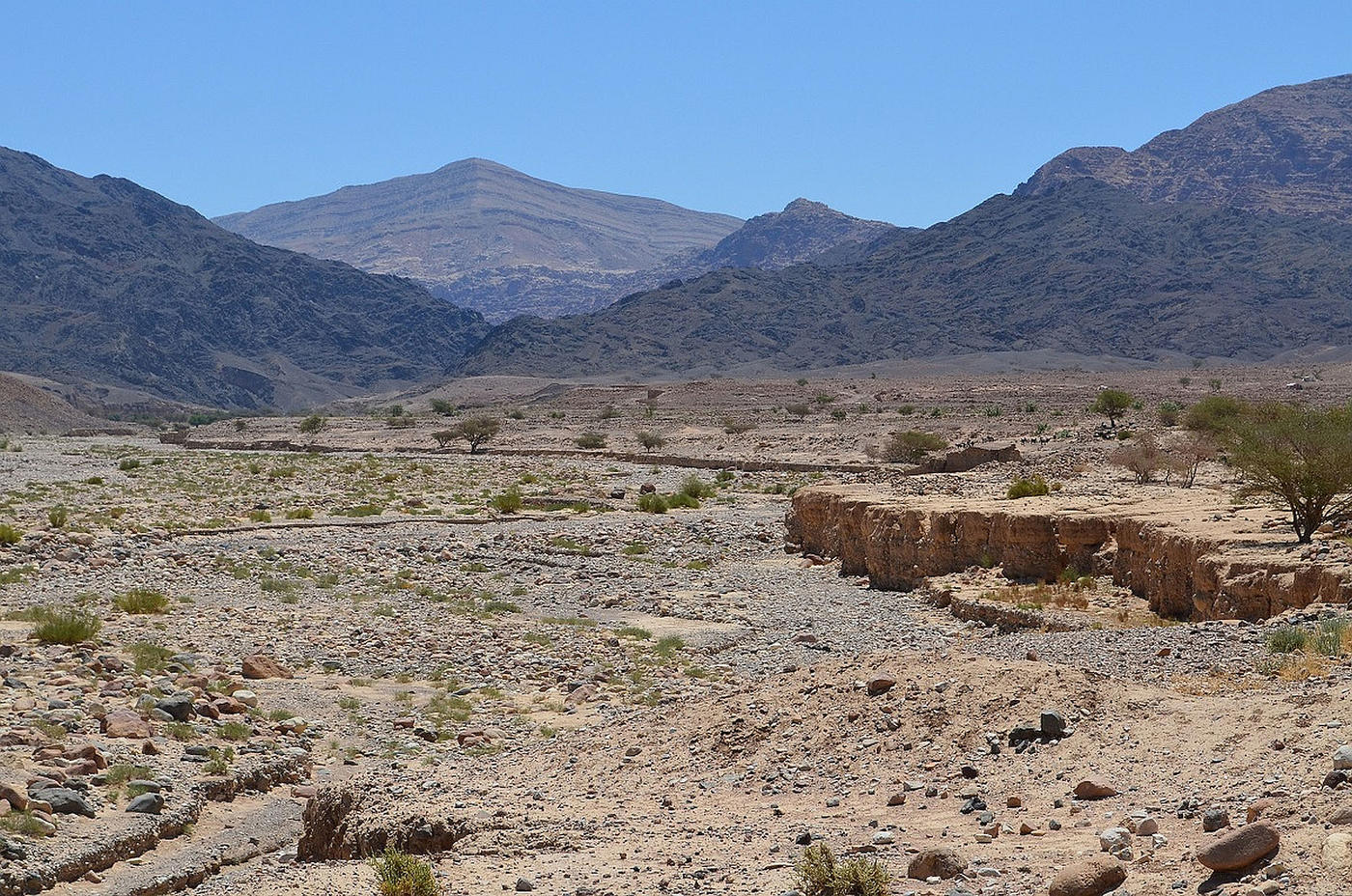Scientific Sleuths Unraveled the Story of Ancient Israeli Coins
- Experts from NIST were part of a research team that identified the date of a type of ancient Israeli coin.
- The team used specialized techniques to identify the coin’s elemental makeup.
- Learning the date for this coin, known as a prutah, helps historians establish timelines for archaeological structures and events leading up to the Great Revolt from A.D. 66 to A.D. 73.
If you went shopping in the marketplaces of first century Judea — where Israel now exists — then one of the coins you’d buy your groceries with would be the prutah.
A bronze token of small value, the prutah was minted in massive amounts during a biblically and historically significant period in Judea — from the beginnings of the Hasmonean Dynasty in 134 B.C. until the last years of the Jewish war against Rome around A.D. 69.

Among the most common prutot (plural of prutah) were those attributed to either the reign of King Herod Agrippa I (between A.D. 37 and 44) or his son, Herod Agrippa II (A.D. 49 to 95).
The correct era remained a mystery to historians and coin experts, known as numismatists. That changed in 2010 when a team of researchers from the National Institute of Standards and Technology (NIST), Mount Saint Mary’s University, Colorado College and the American Numismatic Society used specialized techniques to determine the elemental makeup of a collection of prutot marked with the name “King Agrippa.” Because ores from a given region typically have unique compositions, this analysis helped determine which mines yielded the copper and lead for the coins.
The researchers dated the prutot by combining their scientific data with historical records of when copper and lead mines were operating in Judea and nearby areas. This is important because the coins are used to help establish timelines for archaeological structures and events leading up to the Great Revolt (A.D. 66 to 73), the first of three major rebellions by the Jews against Roman rule in Judea.

The research team used a nondestructive technique known as X-ray fluorescence to determine the content of arsenic, antimony, copper, lead, silver, tin and zinc. They also used lead isotope analysis to fingerprint the ores used in the production of the prutot. Traditionally, these nondestructive methods have not been used on aged coins because corrosion can adversely affect the results. However, the team overcame this obstacle using specialized software and analytical techniques.
Based on their analysis, the researchers dated the prutot to the reign of Agrippa I. The group also found that the copper for the coins most likely came from the Wadi Faynan region of modern-day Jordan, surprising scholars who thought that the specific mine was not reopened until a century later.

Before the 2010 coin analysis, archaeological evidence had suggested that the Romans did not move into the Wadi Faynan area until the second century. The prutot dating suggested that the Romans may have reached the region earlier or found that the Faynan mine had already been reopened. Either way, the findings indicate that the Romans had a much closer relationship with this section of the world than scholars had previously thought.

